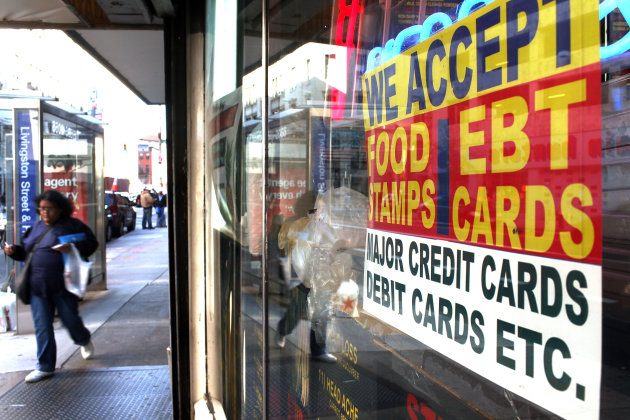zerohedge | With rising inflation putting pressure on household finances, some low-income Americans have turned to "Dollar Tree Dinners" as their meal of choice.
Rebecca Chobat's TikTok videos have garnered the interest of budget-conscious shoppers, particularly as food inflation continues to persist at its highest level in four decades. Through her videos, which reach an audience of 742.5k followers, she explains how to make meals using products from the discount retailer with a weekly budget of $35.
Chobat has published numerous videos showcasing "unique recipes and cooking ideas from the Dollar Tree." Some of her video titles include "Dollar Tree Gumbo" and "Dollar Tree Beef Pot Pie."
Although consumers can save money by consuming Dollar Store meals, there are some negative aspects to consider:
The Institute for Local Self-Reliance recently published a report expressing worry about the absence of fresh produce in discount stores. Most food sold at Dollar Tree contains highly-caloric and heavily-processed items, which are not considered nutritious options.
However, due to negative real wage growth taking a toll on household finances, some individuals have no alternative but to turn to Dollar Stores for food. For some, even Walmart has become too expensive.
Since the 2008 financial crisis, there's been an explosion of Dollar General, Dollar Tree, and Family Dollar stores nationwide as the vast majority of folks are getting poorer. All three discount retailers operate 34,000 stores nationwide and are set to open thousands more in the coming years.
Chobat told Bussiness Insider these videos are having a real impact on people saving money in these challenging times.
"I get those messages fairly frequently but that one really struck home for me," she said.
Regularly consuming food from discount stores could lead to health issues in the future. Therefore, it is imperative to revitalize local economies and supermarkets to promote the availability of fresh food products.





